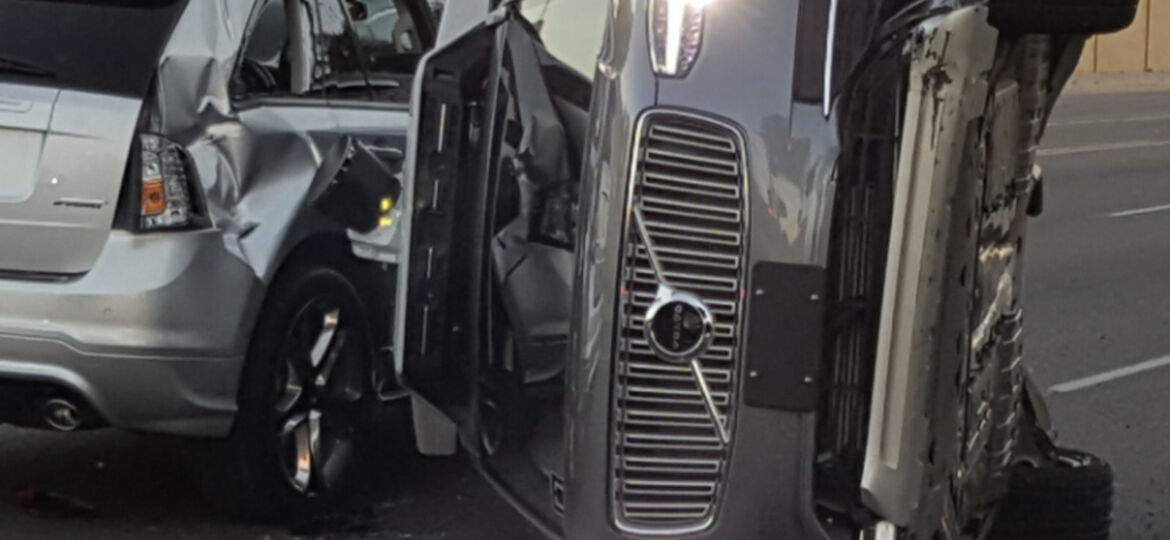
WHY THIS MATTERS IN BRIEF
- Technology takes time to perfect, but in an age where sci-fi keeps becoming sci-fact it’s easy to forget it has flaws
A self-driving car operated by Uber was involved in a crash earlier this morning in Tempe, Arizona, in what is just one of a series of dramatic setbacks for the king of start ups.
In a photo posted on Twitter, one of Uber’s Volvo self-driving SUVs is pictured on its side next to another car with dents and smashed windows, and an Uber spokeswoman has since confirmed the incident – and the validity of the photo.
#BREAKING #NEWS: Self-driving #Uber #car on it’s side after a #crash in Tempe, AZ. @GFMagazine_USA
Photos by @fresconews user Mark Beach pic.twitter.com/yQo0LPlzTM
— Matthew Griffin (@mgriffin_uk) March 25, 2017
However, the spokeswoman couldn’t immediately confirm if there were any injuries, or whether the car was carrying passengers. Uber’s self-driving cars began picking up customers in Arizona last month after the ride sharing company fled San Francisco when the Californian DMV revoked their licenses.
Uber, and CEO Travis Kalanick, are under scrutiny because of a series of scandals. The ride hailing company has been accused of operating a sexist workplace. This month, the New York Times reported that Uber used a tool called Greyball to help drivers evade government regulators and enforcement officials. And Kalanick said he needed “leadership help” after Bloomberg published a video showing him arguing with an Uber driver.
Uber’s self-driving car program has also been mired in controversy, and this incident is by no means the first with others reported in San Francisco last year where Uber’s self-driving cars ran red lights – something which, in the end, was attributed to the technology rather than the drivers, as Uber had originally claimed.
Meanwhile Waymo, Alphabet Inc.’s autonomous driving business, sued an Uber unit called Otto earlier this year for allegedly stealing designs for an important component of driverless cars known as lidar. Uber called the suit “baseless.”
The photo, showing the Uber SUV on its side, suggests a relatively high-impact crash. That would be a contrast to the incidents involving self-driving cars tested by Waymo. In more than two million miles of testing on public roads, Waymo’s vehicles were mostly minor incidents, often when other cars drove into the back of their vehicles in busy areas.
















